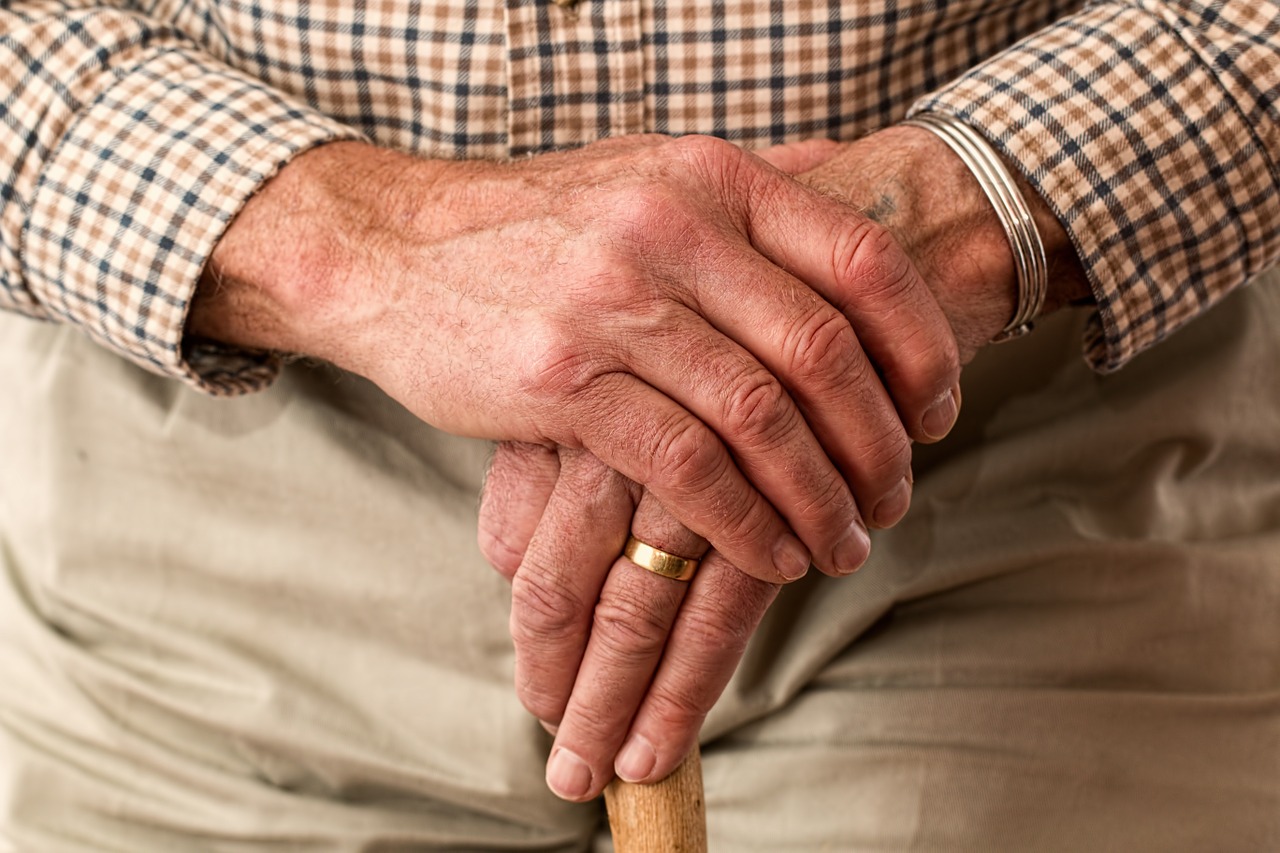
One area that trips up many separating couples is pensions. When totting up assets to be divided, it’s very easy to forget about your respective pension pots. However, your pension is one of the largest assets you’re likely to have. After all, it’s essentially decades worth of savings.
If you don’t make the right arrangements for splitting your pensions, you or your ex-partner could be left out of pocket. It could be financially disastrous for your post-retirement finances, so it really is crucial to seek advice and make careful choices.
Which pensions should be included?
When looking at pension assets ahead of a divorce, the total value of all personal and workplace pensions you’ve each built up over your lives – not just your marriage – should be taken into account. This is the case for England and Wales but it’s different for Scotland, where only pensions accrued during the marriage are considered.
You and your ex need to disclose the full value of everything from Self-Invested Personal Pensions (SIPPs) to stakeholder pensions, and also the parts of your entitlement to the new State Pension that is considered ‘protected’.
Splitting your pension – the options
There are a number of different ways that pension arrangements can be managed following divorce or the dissolution of a civil partnership. These are:
1. Pension sharing. This is where you get a percentage share of your former spouse’s pensions. You can receive this in a new pension under your own name, or you can join your ex’s pension scheme.
2. Pension offsetting. You and your partner can agree (or the courts can decide if you are unable to agree) that the value of a pension can be offset against other assets when determining the financial settlement in a divorce. In simple terms, you can agree that you get the house, for example, while your ex-partner keeps his or her pension. If the assets are of equivalent value, this can be a simpler way to arrange things for some separating couples.
3. Pension attachment. This is a kind of maintenance payment that will be made from one person’s pension pot to the other, only once the pension starts being paid out.
There are other options too, such as deferred lump sum payments and deferred pension sharing, which is an agreement to share a pension at a later date.
Choosing the right option for you
There’s no one-size-fits-all approach to pension arrangements following divorce. The option you choose needs to be right and beneficial for you, and your ex-partner. If possible, you both need to agree on an option that works for everyone.
As post-divorce pension arrangements can be complicated, it’s absolutely essential to seek advice from an expert. Get in touch with Liverpool divorce solicitor Tracey Miller Family Law for guidance and information on the options available to you, and personalised recommendations on the best way forward.
